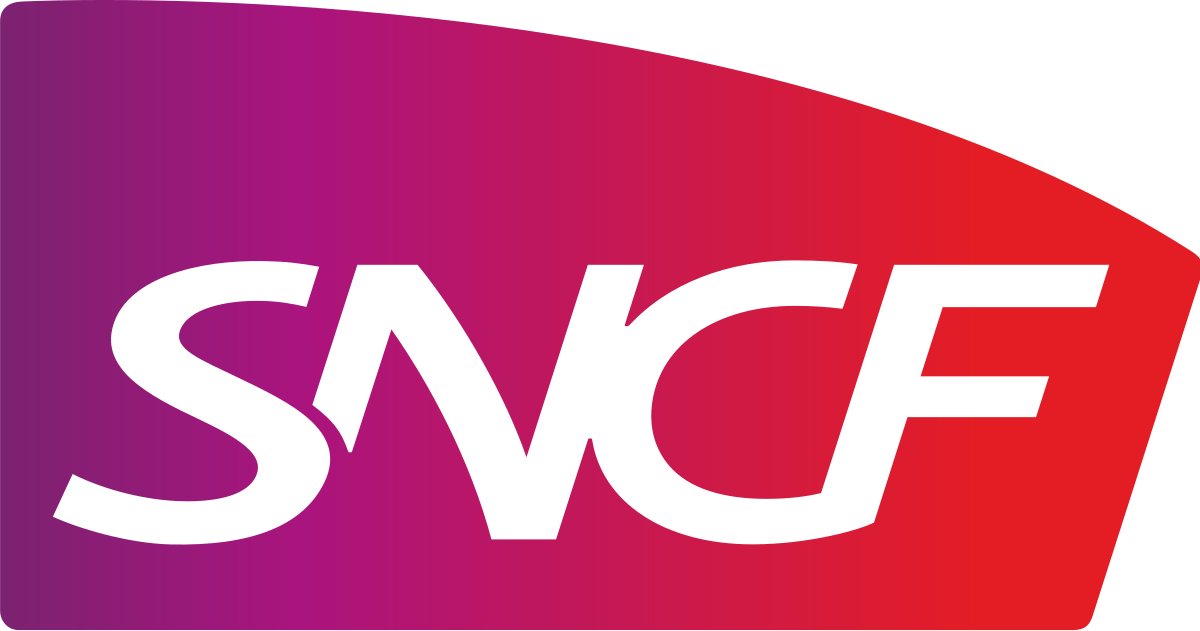Approach
Nine workshops to define the target methods and processes with about 20 stakeholders from different functions
Definition of the most appropriate forecasting and demand management method for the different types of articles (criticality, value, internally/externally procured, …) and consumption patterns (maintenance type, seasonality, …).
Design of the most appropriate demand generation and validation process with all functions involved (supply chain, engineering, maintenance centers, business, …) including timing, roles and responsibilities.
Definition of functional requirements & selection of the appropriate tooling
Translation of methods and processes into concrete specifications for the future demand planning software, allowing an objective selection of the most appropriate tool on the market. Selection of the demand management tool.
Implementation of the forecasting tool
Implementation of the tool and the processes (internal team + software vendor).
Result
Agreement reached on target process and methods:
Successful implementation of the forecasting tool
- Within a period of two months, the target methods and processes for tactical and strategic demand management were defined and validated.
- Four months later, a new demand planning tool was selected.
- About one year later, the new processes and tool were implemented, on time and within budget.
Measurable results
- Too early to communicate measurable improvements.






